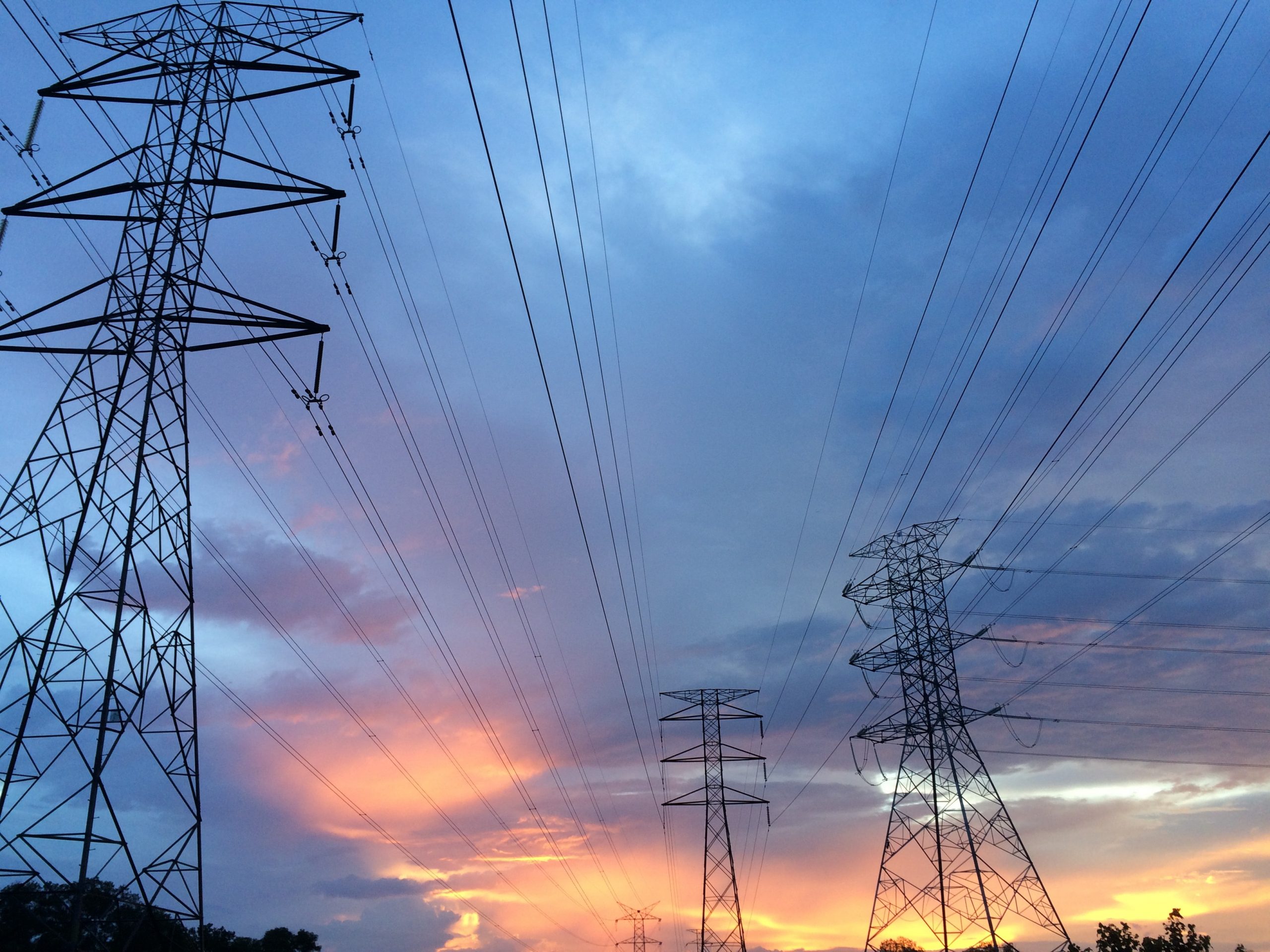One significant trend in electricity trading is the increasing use of renewable energy sources, such as solar and wind power. This trend is driven by concerns over climate change and a desire to reduce greenhouse gas emissions. As more renewable energy sources come online, there is a growing need for efficient ways to trade this energy on the market.
Another trend is the rise of decentralized energy systems, where individuals and businesses can generate their own electricity using solar panels, wind turbines, or other renewable sources. This trend has led to the development of new trading models, such as peer-to-peer energy trading, where individuals can sell their excess electricity directly to others on the grid.
Blockchain technology is also being explored as a way to streamline electricity trading and reduce transaction costs. By using a distributed ledger system, blockchain can provide a secure and transparent platform for trading electricity, potentially reducing the need for intermediaries and improving efficiency.
Finally, there is a growing emphasis on data analytics and machine learning in electricity trading. These technologies can help traders better understand market trends and make more informed trading decisions. They can also be used to optimize energy production and consumption, reducing costs and improving efficiency.
In Europe, following trends are being observed:
- Increased integration of renewables: Europe has been rapidly increasing its share of renewable energy sources, such as wind and solar, and this trend is expected to continue. This has led to a greater need for flexibility in the electricity system, including more real-time balancing and demand response measures.
- Growth of cross-border trading: With the aim of achieving a more integrated energy market across Europe, cross-border trading of electricity has been growing. This includes trading between neighboring countries, as well as the development of pan-European trading platforms.
- Digitalization of trading: Digital technologies, including artificial intelligence and blockchain, are increasingly being used to optimize trading and settlement processes. These technologies are helping to reduce costs and improve efficiency.
- Focus on decarbonization: The European Union has set ambitious targets to reduce greenhouse gas emissions, and the electricity sector will play a key role in achieving these targets. This is driving investment in low-carbon technologies, such as carbon capture and storage, and hydrogen.
- Market design changes: Changes to electricity market designs are being proposed and implemented to better integrate renewable energy and encourage investment in low-carbon technologies. These changes include the introduction of capacity mechanisms to ensure security of supply, as well as revisions to the EU Emissions Trading System to incentivize emission reductions in the electricity sector.



